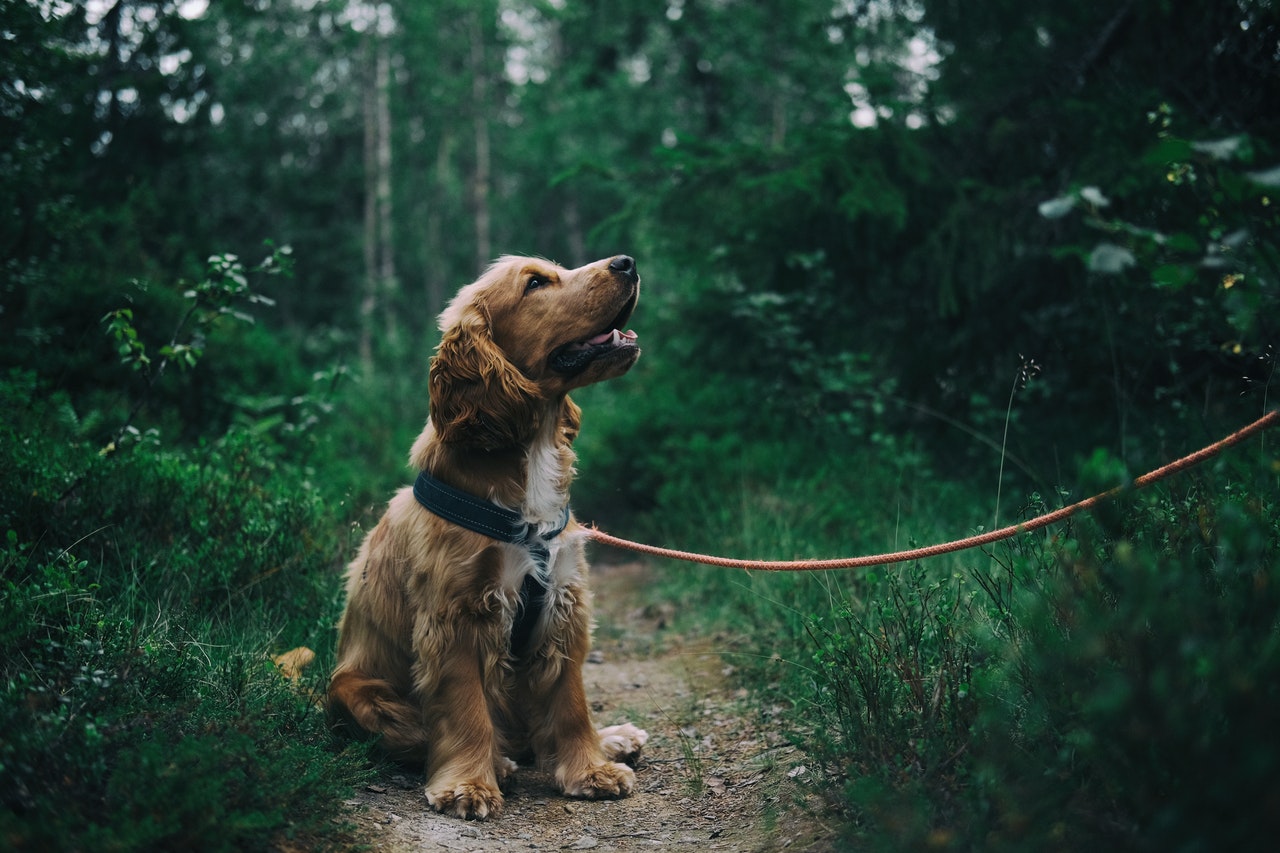This post was written by Hannah Morris, Facilitator and Coach at The Latimer Group.
Situational awareness – being aware of what is going on around us – is a crucial element of successful communication and connection.
It starts with paying attention to and getting familiar with a baseline of what is normal, what can be expected. Once that is achieved, situational awareness then allows us to notice what is different – whether it be a small shift, or a large-scale change. When we are aware of these differences, we can respond to them more quickly and thoughtfully.
Situational awareness makes us agile.
Like all types of awareness, it can be hard to conceptualize because it is abstract. In our teaching and coaching, we are always looking for clear ways to help people better understand and develop this important asset.
For me, the model of situational awareness is sleeping on a rug six feet away.
Our family dog Tanner, a four-year-old rescue mix, is agile, both physically and mentally. He is a nimble, threat-conscious opportunist. Though he may at times seem oblivious, in reality, he is highly observant.
When we leave the house on a walk and there is a new car parked in the driveway, Tanner startles at first sight. His physical reaction to this new element in an otherwise-familiar landscape is a key marker of his high level of situational awareness. As we then walk our oft-repeated path, he is constantly looking for treasures – newly dropped morsels to fill his stomach – that were not present before. Those he has already sniffed and determined inedible, though rare, receive no new attention.
Situational awareness is being constantly on the lookout for new potential risk and opportunity. If we are constantly scanning for threats, we will be on guard and more able to protect ourselves. If we are constantly looking for new openings, we can seize them more quickly and adeptly.
Let’s use Tanner’s approach to further develop our situational awareness:
- Let’s pay more attention each time we are out for a walk.
Every meeting we are in, whether it is in-person or virtual, with a large group or one-on-one, is an opportunity to learn more about the norms for an audience, environment, and situation. The closer we watch and listen to how people react, the more information we gather. Eyes and ears open, people.
Yes, this is hard in our eighth meeting of the day, but by applying a bit more curiosity and focus, we can make each meeting more interesting and valuable.
- Let’s think about the last walk and all prior walks each time we head out for a walk.
As part of our preparation process, we should take time to reflect on what we expect based on the norms we have observed. This will help us anticipate what is probably coming, but it also gives us an opportunity to consider what could potentially change in terms of reactions and outcomes. It will prepare us for a wider range of eventualities. And it will help us pay closer attention to the places where risks and gains most often occur and respond more nimbly, on the balls of our feet.
And let’s think about the broader implications of increased attention to situational awareness.
First, it helps us reach our communication goals. If we want to persuade an audience, visibility of new potential risks and opportunities, based on a keen understanding of a baseline of norms and anticipation of multiple eventualities, will help us increase our individual success rate.
Second, and more focused on mutual benefit than individual gain, is that we will find more applications of empathy and chances for connection. Especially now, when people’s day-to-day mindsets and realities are more frequently impacted by crises in health and politics, it is important for us to understand when situations change and when active empathy will benefit both us and others. If we notice a colleague whose behavior is different, we can give them more grace and space, and find a thoughtful way to offer support. If we are communicating with an external partner whose business has been impacted by recent events, we can consider new avenues to collaborate and align our goals.
Finally, if we demonstrate situational awareness on a regular basis, we will develop a positive reputation and contribute to the type of work culture that helps everyone see more personal and professional satisfaction and success.
So, for your next meeting, walk like Tanner.
—
Does your team:
– Overwhelm the audience with too much detail?
– Make things too complicated?
– Fail to ask for what they want or need?
Does your organization:
– Waste time because of poor internal communication?
– Take too long to make decisions?
– Struggle to clarify and frame discussions?
Do your leaders:
– Exhibit poor executive presence?
– Lean on incomplete communication skills?
– Fail to align the organization?
We transform teams and individuals with repeatable toolsets for persuasive communication. Explore training, coaching, and consulting services from The Latimer Group.






Great article Hannah!
Really resonated with me as many connection to the practices of Lean.
– Establish standard work to be able to see normal condition – allows easier awareness of abnormal.
– Gemba walks to be more aware (and question) of the “real” situation where the value is created.
– Respecting individuals and the audience who’s reality we are entering.
Go See, Ask Why, Show Respect are tenets of Leans